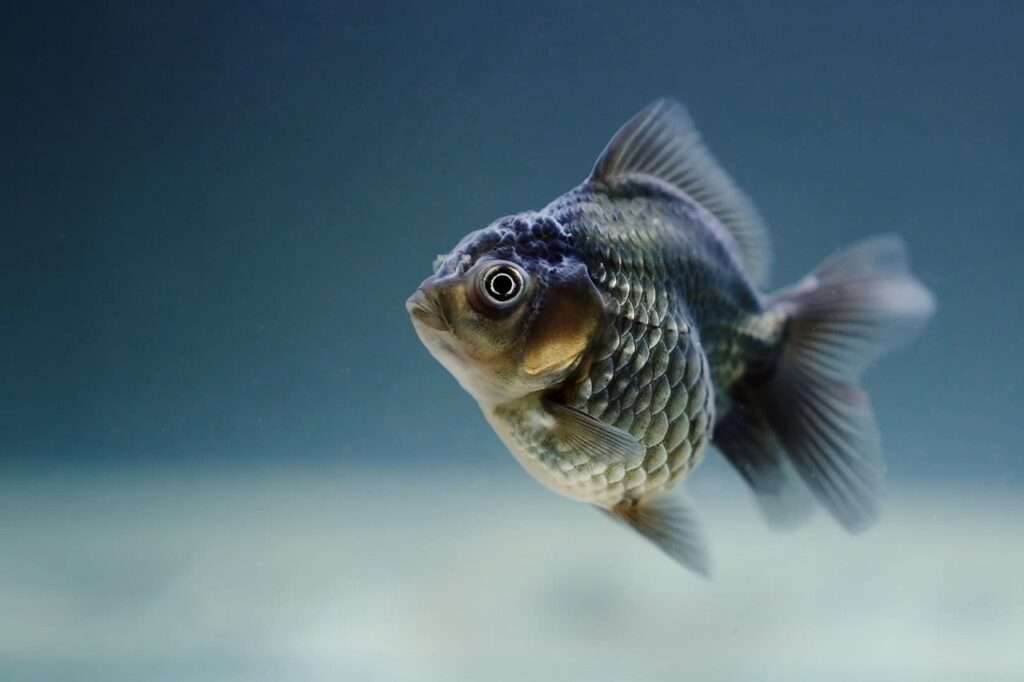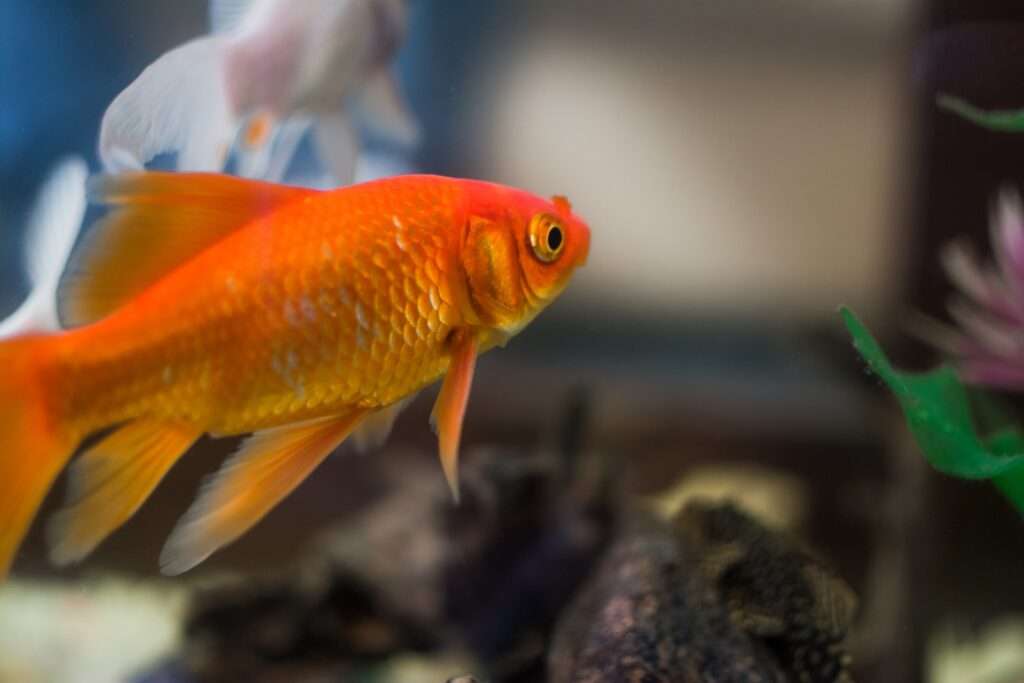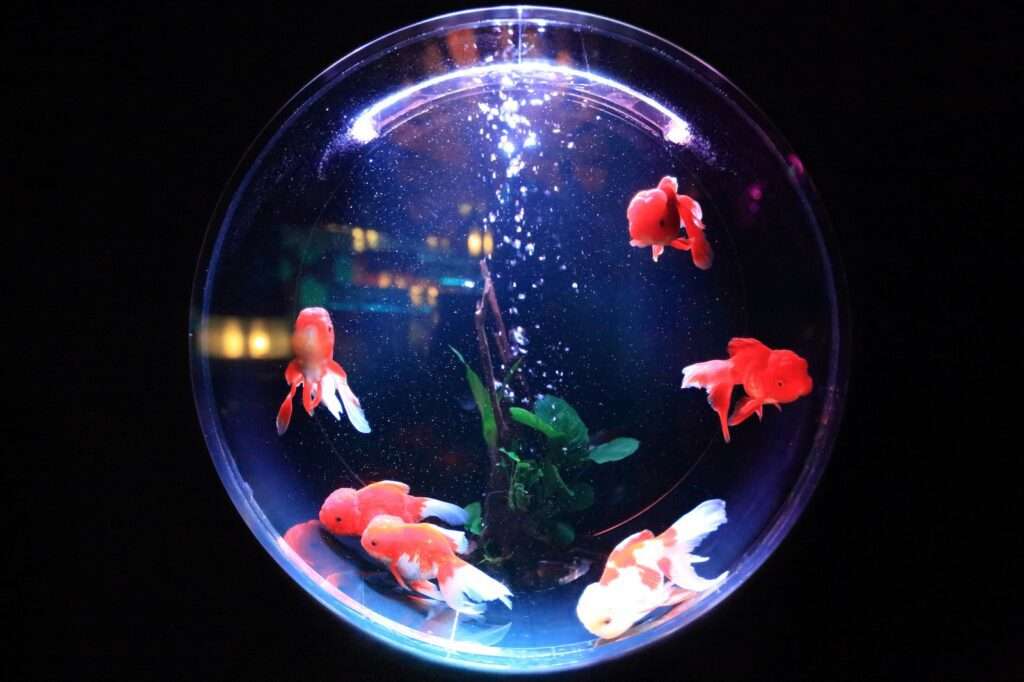By John Smith
Introduction:
Maintaining proper water quality is crucial for the health and well-being of your fish. One of the most important parameters to monitor is ammonia levels. Ammonia is a toxic substance that can accumulate in fish tanks, leading to stress, illness, and even death. In this article, we will explore how to effectively monitor ammonia levels in your fish tank and provide valuable tips to prevent toxicity.
Why is Monitoring Ammonia Levels Crucial?
Understanding Ammonia:
Ammonia is a byproduct of fish waste, uneaten food, and decaying organic matter in the aquarium. Even in small concentrations, ammonia can cause harm to fish. When ammonia levels rise, it can damage fish gills, impair their immune system, and lead to respiratory distress. If left unchecked, ammonia toxicity can result in fish fatalities.
Testing Ammonia Levels:
Regular testing of ammonia levels is essential to ensure a healthy environment for your fish. There are two primary methods to monitor ammonia:
1. Test Kits: Ammonia test kits are widely available and provide accurate measurements of ammonia levels in your fish tank. Follow the instructions carefully and perform tests at least once a week, especially during the initial setup phase or after any significant changes to the tank.
2. Electronic Ammonia Sensors: For more advanced fishkeepers, electronic ammonia sensors offer real-time monitoring of ammonia levels. These devices can be connected to your smartphone or computer, providing instant updates on water quality parameters.
Preventing Ammonia Toxicity: Tips and Best Practices
1. Regular Water Changes: Conducting regular water changes is crucial to dilute and remove accumulated ammonia. Aim for weekly water changes of around 25% to maintain optimal water quality.
2. Proper Feeding Practices: Overfeeding is a common cause of increased ammonia levels. Feed your fish only the amount they can consume within a few minutes and remove any excess food to prevent it from decomposing in the tank.
3. Biological Filtration: Establishing a healthy biological filter is vital for maintaining ammonia levels. Beneficial bacteria colonize the filter media and convert ammonia into less harmful substances. Ensure your filter is properly cycled before adding fish to the tank.
4. Avoid Overstocking: Having too many fish in a tank can lead to an excessive buildup of waste, resulting in high ammonia levels. Research the specific requirements and compatibility of your fish species to prevent overcrowding.
5. Monitor pH Levels: Ammonia becomes more toxic at higher pH levels. Regularly check and maintain appropriate pH levels for your fish species to reduce the risk of ammonia toxicity.
Frequently Asked Questions
Q1: How often should I test ammonia levels in my fish tank?
A1: It is recommended to test ammonia levels at least once a week, especially during the initial setup phase or after any significant changes to the tank.
Q2: Which is better, liquid test kits or test strips?
A2: Liquid test kits are generally more accurate and reliable than test strips. They provide precise measurements and are worth the investment for accurate water parameter monitoring.
Q3: Can plants help reduce ammonia levels in a fish tank?
A3: Yes, live aquatic plants can aid in reducing ammonia levels by utilizing it as a nutrient for growth. However, they should not be solely relied upon to control ammonia levels, and proper filtration and maintenance are still necessary.
Q4: What are the signs of ammonia toxicity in fish?
A4: Fish suffering from ammonia toxicity may exhibit symptoms such as gasping for air at the water surface, lethargy, loss of appetite, red or inflamed gills, or unusual behavior. Immediate action should be taken if these signs are observed.
Conclusion:
Monitoring ammonia levels in your fish tank is essential for the health and longevity of your fish. By regularly testing, implementing proper feeding practices, maintaining a healthy biological filter, and taking other preventive measures, you can ensure a safe and thriving environment for your aquatic pets. Remember, a proactive approach to water quality management is key to preventing ammonia toxicity and promoting the well-being of your fish.









